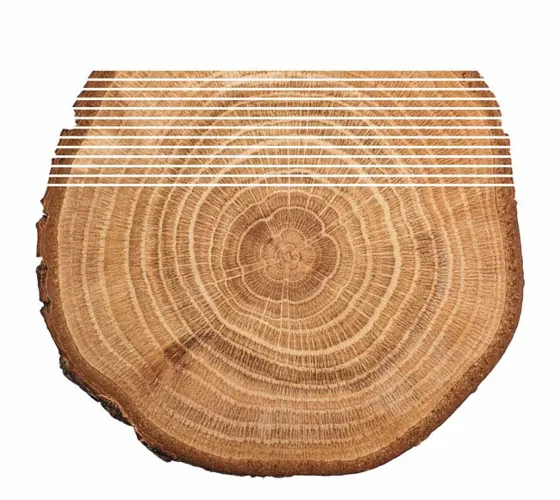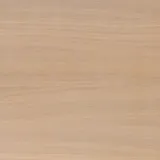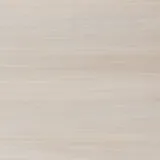Calidris oak veneer and surface treatment
All Calidris wooden components have solid edges which are over-veneered with real oak veneer. Compared to solid wood, oak veneer ensures more consistent quality with a finer wood grain pattern and structural coherence, and a more stable wooden element that will not warp. Solid wood is a living material that interacts with air humidity and temperature. To increase the stability of solid wood, many smaller pieces must be glued together to produce the required component.
We have chosen to use oak for our beautiful veneer as it has well defined wood grain and structural depth. There will be natural variations in the oak veneer from one tree to another and depending on whether the veneer was cut from near the heart of the tree trunk or towards the bark but also depend on where the tree was grown. Trees draw minerals up from the soil, which form a dark base in what is called the grain structure, so-called mineral streaks, that vary according to where the tree was grown. This natural variation is a quality, which is precisely what distinguishes a natural product from commercial reproductions such as foils, laminates and melamines. It also means that if a product is re-ordered, there may be a variation in colour, but the differences will be reduced over time through exposure to sunlight.

What is oak veneer?
Oak veneer is thinly sliced real wood, 0.4mm thick, which is glued under pressure on to fibreboard core. The fibreboard is sanded down to 15mm, so that the finished veneered piece is 16mm. All wood used in our Calidris range originates from sustainable EU forestry. 95-98% of the wood comes from Croatia.
The veneer is sorted into different grades from A to D. Dansani uses only grade A oak veneer for the panel fronts and the outside of the carcass, and quality B for visible surfaces on the backs of panel fronts and inside cabinets.

GRADE A consists of:
Primarily quarter-cut oak veneer which is cut at right angles to the grain structure in the wood, to produce a uniform linear grain pattern. Fresh knots up to Ø6mm are acceptable, which means there are no cracks of any kind in the wood. Veneer strips of 60-120mm wide are glued together at the edges.

GRADE B consists of:
Mixed quarter-cut and plain-cut, which is cut parallel to the cross section of the wood and gives more variation producing what is referred to as a cathedral pattern. Tight knots up to Ø15mm are acceptable, which means that there may be a crack, but not a structural break in the oak veneer around the knot. Strips of veneer in differing widths are assembled parallel with a zig-zag glued thread on the back.

Colour variations
We supply a wide range of seven different colours in oak veneer, which are all stained from the same raw veneer sheets. The raw oak veneer is kept in a dark room to avoid changes caused by exposure to sunlight. For each order received, the relevant components are sent to our partner, who stains and tones the veneer surfaces according to our instructions. This means there is a five-week turn around, but it ensures that we have control over the raw oak veneer and the final result while at the same time being able to offer a wide range of colours.
You can now also choose exactly the colour you want to get a unique and beautiful custom-coloured veneer.







